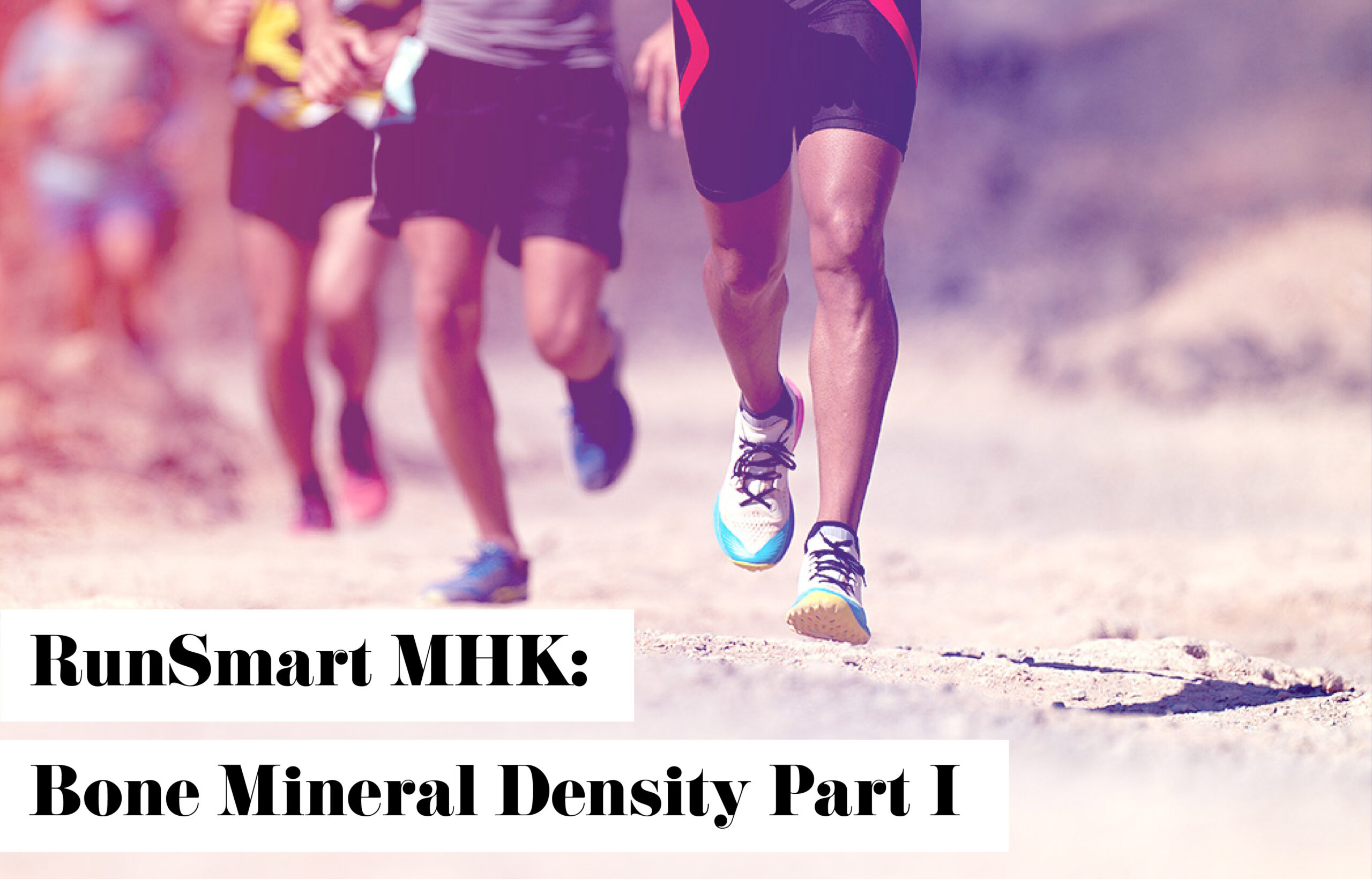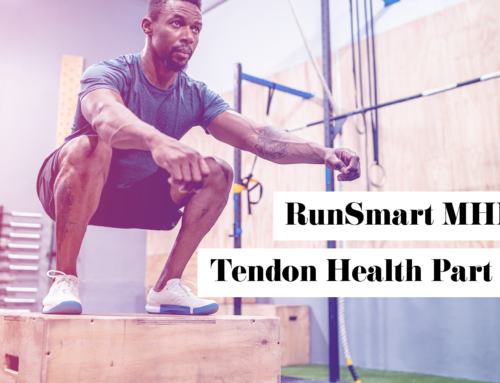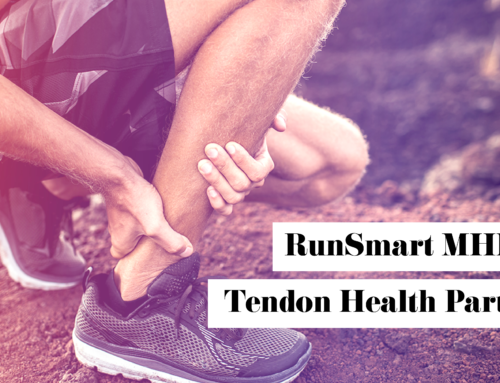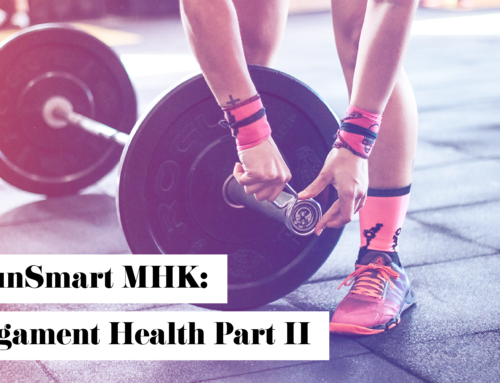Bone Mineral Density Part I
Brenton Leighow, MS, CSCS, GFS,
Maximum Performance Personal Trainer
Welcome to our new RunSmart MHK blog posts! Our first posts will address the benefits of strength training as it relates to bone density. Future posts will discuss the benefits of strength training for tendon and ligament health, limiting the probability of injury and increasing power. All of this will lead to increasing your running economy. The goal of this blog is to provide the running community of Manhattan, KS with information on how to improve performance, ensure running longevity and lowering your chance of injuries.
Within our RunSmart MHK team at Maximum Performance, we have personal trainers, physical therapists, certified strength and conditioning specialists and college and professional athletes. We continue to expand our knowledge and experience in the field so we can be your best possible resources.
We hope that our blog posts will help you improve, recover and maximize your running potential. Please reach out to our RunSmart MHK team with any questions.
Bone Mineral Density
The first topic that we would like to address is bone mineral density (BMD). Why is it important to endurance athletes, as well as the general population? BMD is described as the quantity of mineral deposited in a given area of the bone (1). The quantity of minerals present is directly correlated to how resilient the bone is to stress. If you have a low quantity of mineral in the bone, then you are more susceptible to fractures, which are a common injury in endurance athletes.
A low mineral density is referred to as either osteopenia or osteoporosis. Osteopenia is categorized as a BMD score between -1 and -2.5; osteoporosis is categorized as having a BMD score of -2.5 or less. Although osteoporosis is obviously worse, both of these conditions leave you at a great risk of fracturing bones.

(2)
There is an increased risk of injury during competition to runners due to the constant impacts resulting from striking the ground. In a study on long distance sports, the ground reaction forces were found to be 2-3 times a runner’s bodyweight during foot contact. Simply put, if you are a runner that weighs 130 pounds, you are potentially putting 390 pounds of force through each leg on contact during your event.
 Now, picture a stick. If you were to keep pounding on the stick with forces slightly higher than it can tolerate, then it will eventually break. This is evidence that we need to provide enough stimulus to increase our BMD. You can roll an ankle and run it off, but there is no running off a fracture.
Now, picture a stick. If you were to keep pounding on the stick with forces slightly higher than it can tolerate, then it will eventually break. This is evidence that we need to provide enough stimulus to increase our BMD. You can roll an ankle and run it off, but there is no running off a fracture.
But there’s good news! In a study done in 1992, it was discovered that elite adolescent weightlifters possessed levels of bone mineralization that far exceeded levels found in untrained adults (3,4). This, along with countless other studies, shows us that we can greatly increase our BMD with the implementation of strength training. In our next blog post, we’ll go over what those lifts look like, what directional loading looks like and why these are important for increasing BMD.
We hope you learned a small amount about BMD in this blog post! As always, if you have any questions over what you’ve read, please reach out to us here at Maximum Performance and we will happily address them.
Citations
- “Essentials of Strength Training and Conditioning (Fourth Edition). Human Kinetics”
Haff, Triplett, N. T., & National Strength & Conditioning Association. (2016) - Baldwin, K. M., Badenhorst, C. E., Cripps, A. J., Landers, G. J., Merrels, R. J., Bulsara, M. K., & Hoyne, G. F. (2021). Strength training for long-distance triathletes. Strength & Conditioning Journal, Publish Ahead of Print.
https://doi.org/10.1519/ssc.0000000000000660
- Conroy, BP, Kraemer, WJ, Maresh, CM, and Dalsky, GP. Adaptive responses of bone to physical activity. Med Exerc Nutr Health 1:64-74, 1992
- Kanehisa, H, and Fukunafa, T. Profiles of musculoskeletal development in limbs of college Olympic weightlifters and wrestlers. Eur J Appl Physiol 79″414-420, 1999
- Osteopenia – symptoms, causes, risk groups, prevention and treatment. Ecosh Life. (2021, November 15). Retrieved March 28, 2022, from https://ecosh.com/osteopenia-symptoms-causes-risk-groups-prevention-and-treatment/





